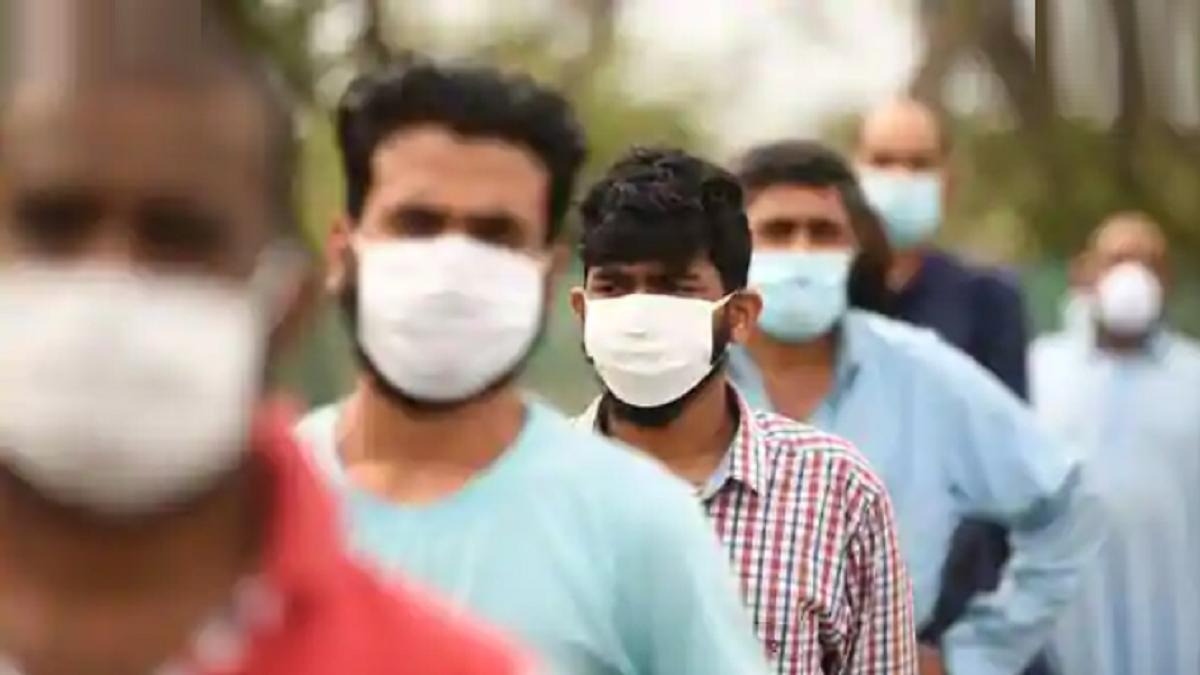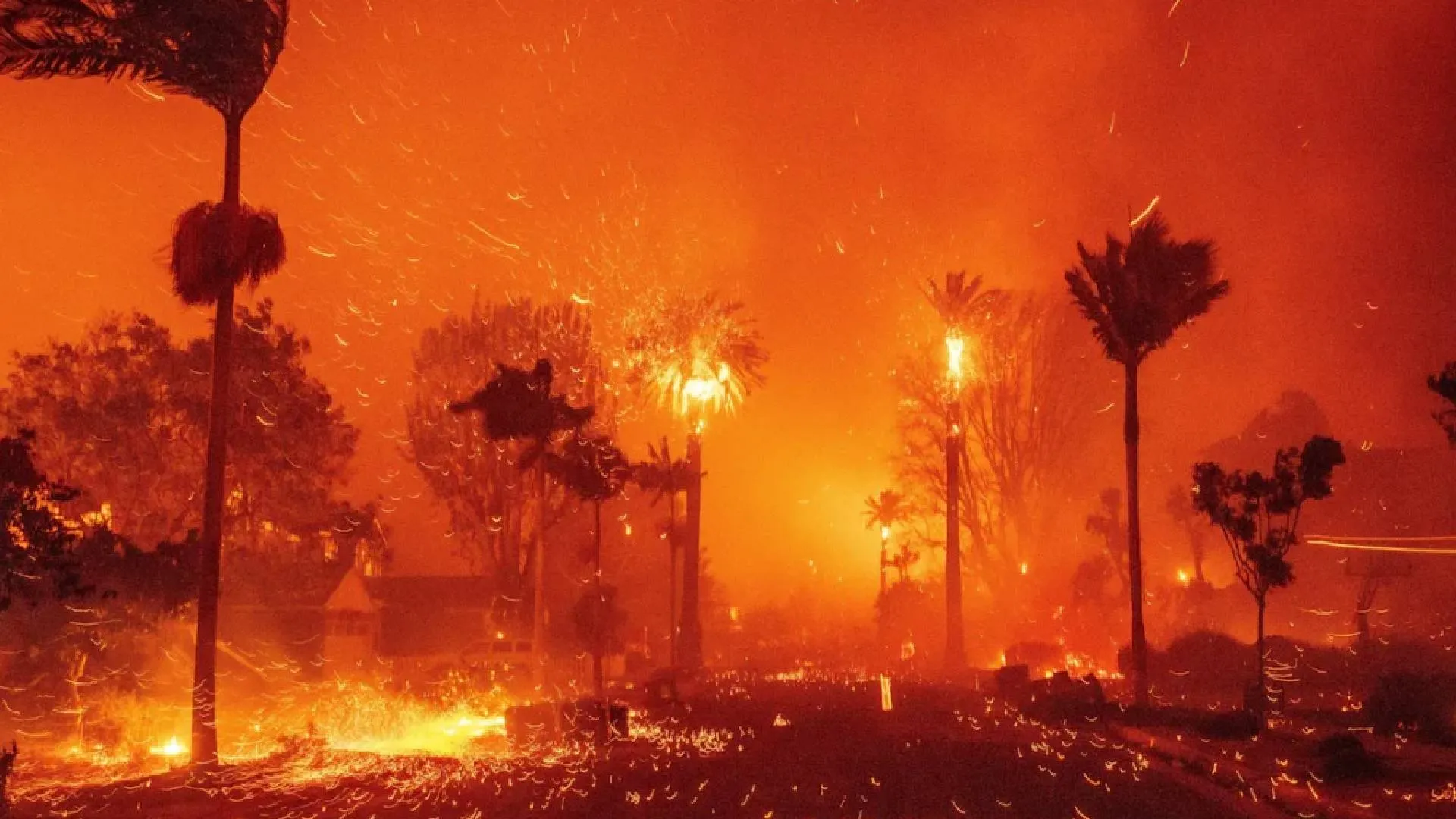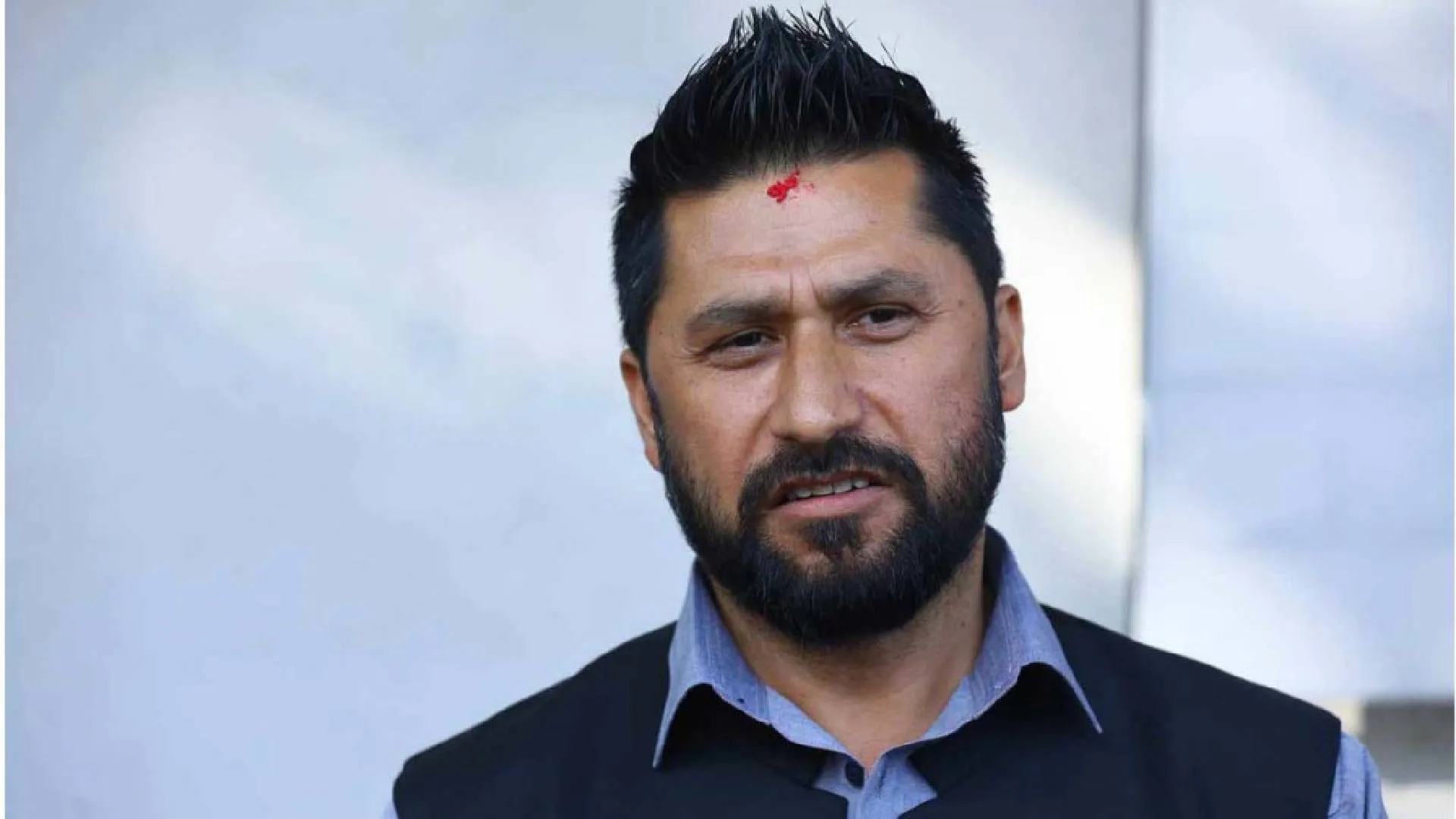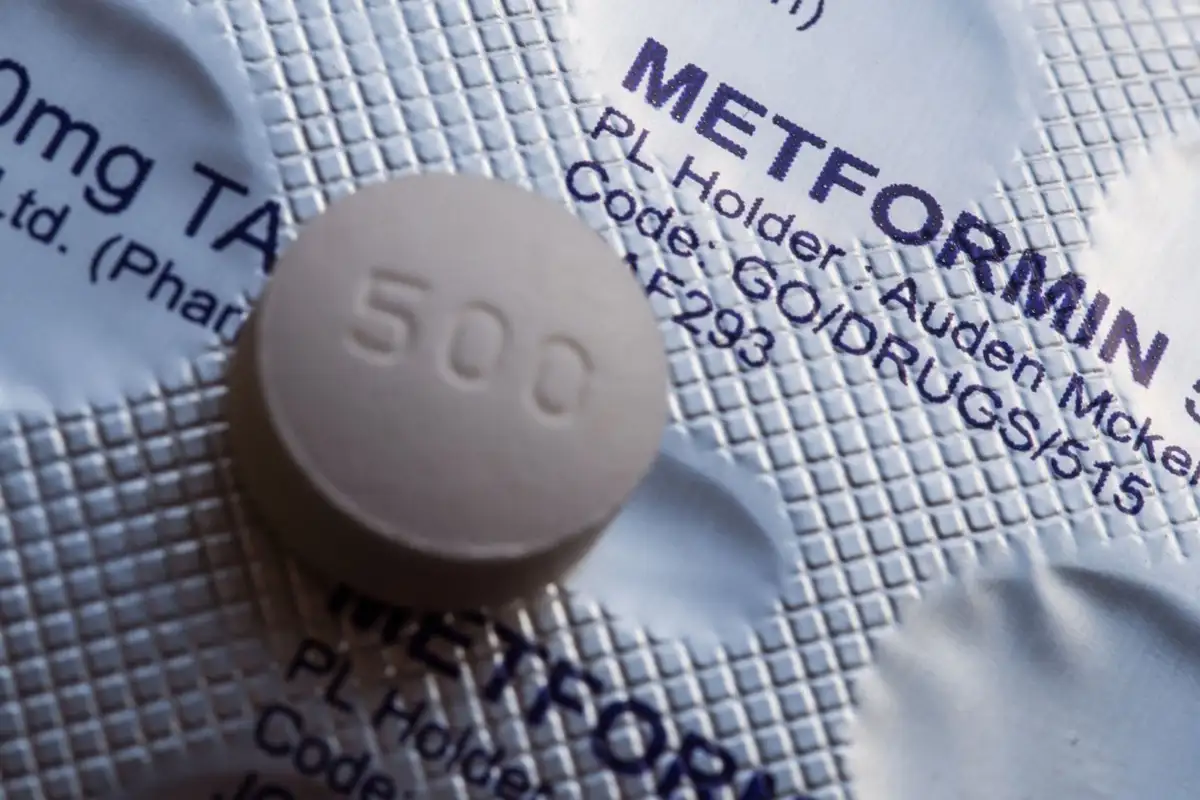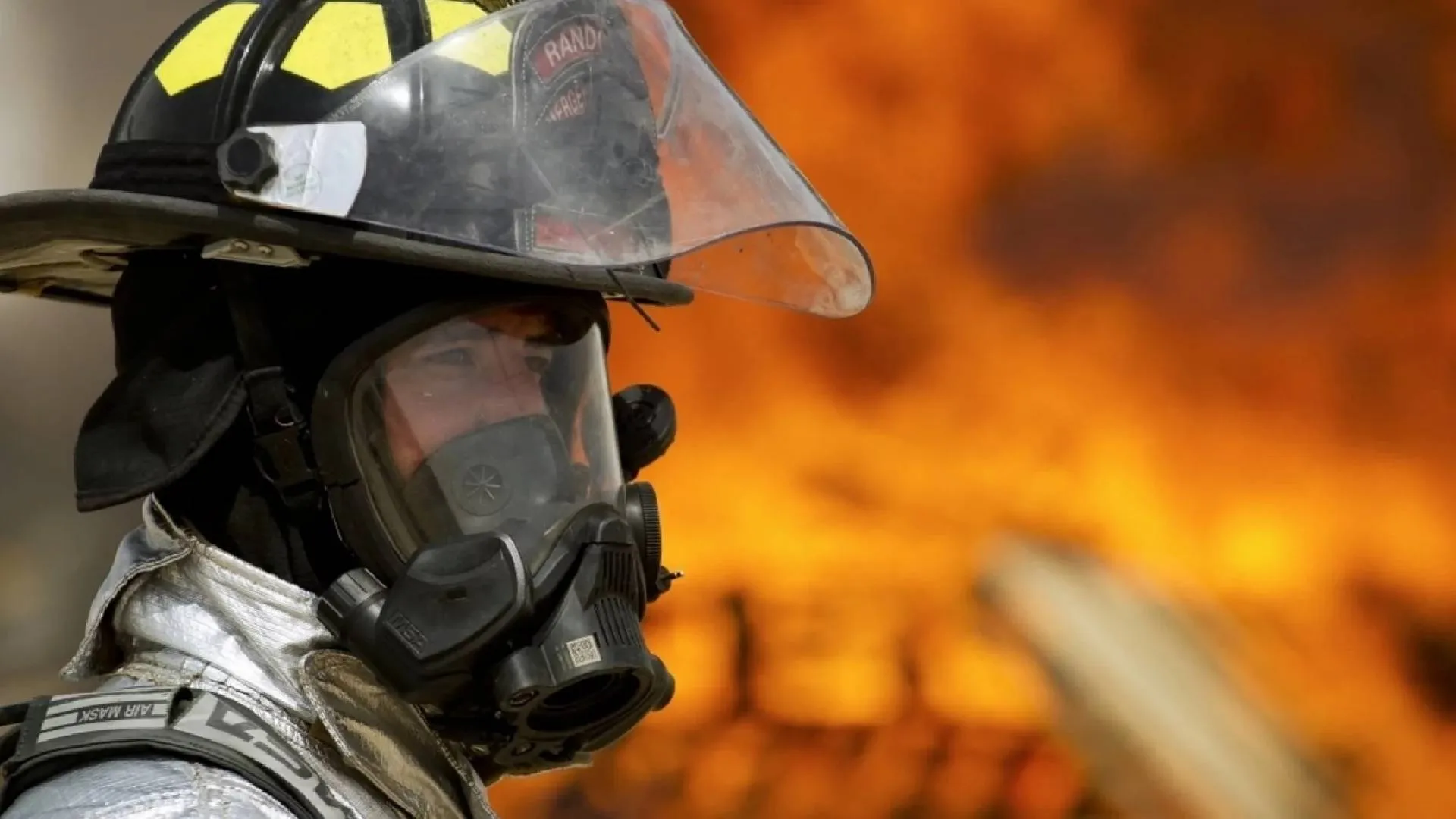Based on discussions with medical experts, in India, 9.2 million people have been so far diagnosed with Covid-19. Many may have been undiagnosed. Covid-related deaths are 135,000. As Prime Minister Narendra Modi said, this is easily the lowest death rate of any country that has been hit badly by the novel coronavirus. Only a certain proportion of the population needs to be immune to an infectious agent for large outbreaks to be prevented. What is that proportion is a key question and depends on the disease. Herd immunity is often created in epidemics through natural infection, but it may also be created by vaccines. Diseases like the deadly Spanish Flu and many influenzas have disappeared entirely through natural infections conferring immunity (albeit after a death toll). Another example is Japanese B encephalitis, which is nearly eradicated in Japan because most people were immunised and the vaccine is highly effective. Japanese encephalitis is mostly seen in non-Japan Asian countries.
According to medical experts, herd immunity is in place when one infected person in a population generates less than one secondary case on average. The effective reproduction number R is the average of persons infected by a case. Ro is the original number who got infected by one infected person on average when the epidemic started. In a recent October 2020 paper in Nature Reviews Immunology, Arnaud Fontanet and Simon Cauchemez of the Institut Pasteur’s Emerging Disease Epidemiology Unit estimated that for France, with Ro at 3 for France (worldwide, Ro is between 2.5 to 4), it will require 67% of the French population to be immune to stop outbreaks. How different might that number be for India? This would be a worthwhile study for the Health Ministry to consider, in the light of reports that the incidence of Covid-19 in some locations where mass sampling has taken place is far higher than initially estimated. Further there are localised factors.
It is postulated that because Delhi is having what appears to be a raging epidemic, the high PM 2.5 pollution level might be a factor in that respect. So too the severe density of population in some parts of Delhi. Also, the reality that for people doing manual or related work, it is very difficult to use masks and indeed social distancing. It has been observed that masks are still not in common use in several places in the capital. Fontanet and Cauchemez also stated that depending on the immunity already in place through the epidemic, if it is assumed that 1 in 3 are already immune, transmission rates only need to be lowered to 50% to ensure safety from the disease. Another factor are super-spreaders—those likely to spread to many because they have interaction with multiple contacts due to the nature of their work or location. Many might already have been infected, and hence could have low probability of spreading to further people. This might lower the rate of spread.
This is also relevant in terms of age groups: Those older than 80 have much less contact with non-family than those in the age group 20-40 years. By managing the level of contacts in most vulnerable age groups, several epidemiologists project that 50% population immunity might be sufficient. Super-spreader events such as mass meetings and festivals are also important. Unlike Joe Biden, who took care to adhere to safety protocols in holding meetings, President Donald Trump threw caution to the winds by addressing crowded groups of people, many of whom had no masks and were not tested. Such neglect of public safety may have cost him a second term in the White House.
It is not just super-spreading individuals when calculating what level of herd immunity can stop outbreaks. Children less than 10 years of age are less susceptible, and are also less contagious, and so may be partly eliminated from the calculation. Population immunity is generally assessed through properly conducted cross-sectional surveys of representative samples that record immunity (antibody tests). However, it is postulated that for SARS-CoV-2, the full spectrum of immunity is in fact greater after the first wave of infections, because of T-cell (T-lymphocytes) immunity (otherwise described as cellular immunity). Other unknowns include the extent to which prior immunity to common coronaviruses might confer some level of cross-protection. BCG immunisation against Tuberculosis has also been postulated to provide some degree of immunity. However, these may only protect against severe disease rather than prevent infection entirely. Interestingly, there was no sterilising immunity through common cold or BCG etc cross-protection during the SARS-CoV-2 outbreak in April 2020 on the Charles de Gaulle aircraft carrier, where 70% of young adult sailors got infected before the epidemic stopped on the Aircraft Carrier (https://en.wikipedia.org/wiki/COVID-19_pandemic_on_Charles_de_Gaulle). This number (70%) on an isolated aircraft carrier, served in some respects as a laboratory test for a natural experiment on herd immunity.
Given all the above, there is little reason to believe that SARS-CoV-2 will stop being a problem before at least 50% of the population is immune through natural or vaccine-induced herd immunity. A complicating factor is that immunity to seasonal coronaviruses generally is not life-long, and is relatively short-lived, but how short is still unclear. Will it take several rounds of infections, or vaccine shots and booster doses to achieve the desired result? Even after more than a year since the disease manifested itself, much about it remains unclear. There is significant mutation taking place in the virus, and that is a further complicating factor that would naturally impact on the efficacy of vaccines, helpful though they may be in preventing numerous cases. Different vaccines are being rushed through. There can always be a few incidents when large populations are immunized, hence it is wrong to oppose a vaccine on such grounds. Overall, vaccines have helped to either reduce or stop the spread of several illnesses that were once deadly. Sufficient evidence on efficacy and safety will be generated in populations. Making vaccination compulsory in the above scenarios may need to follow assessments on data availability, and in some cases, reliability of some of the vaccines being developed abroad.
Experts say that the vaccine due to be produced in India seems to be among the most reliable, and this has been made possible both by the local manufacturer as well as the way in which PM Modi has put the push towards safety from the novel coronavirus on a war footing. This was manifested by Modi from the start, with the record lockdown of the entire country soon after the banning of international flights. India has gone much further than almost any other country in the comprehensive nature of its lockdown, as also the length of time. Covid-19 has a fatality ratio of 0.3-1.3% but of course even such a small percentage results in vulnerable sections with co-morbidities losing life as we see daily. This highlights the importance of herd immunity, including through vaccination.
If all goes well, the next few months may witness steady improvement in cases and in a reduction of the fatality rate. India has led the way in therapeutics, and the same is possible with Covid-19. Improved patient management is essential, especially early diagnosis and therapeutics. There is sufficient evidence already that therapeutics can lower case-fatality especially in otherwise healthy individuals who do not have concurrent illnesses and risks such as diabetes, cardiac disease, chronic respiratory disease or being overweight. Highly exposed populations would naturally need to be prioritised for vaccines such as health professionals and those with customer-contact.
There is a reason in favour of good and effective vaccines. This is that post infection, patients sometimes complain of complications, so a vaccine would be a safer way to confer immunity than natural infections. But that would especially be in the case of a very good vaccine that is well-monitored for continued efficacy and safety. India’s record in this is impeccable, especially when everyone is rushing through the process at unprecedented speeds.
Therapeutics, especially antiviral drugs, that reduce viral loads and therefore decrease transmission risk, and medicines that prevent complications and death, should also be an important weapon against SARS-Cov-2 (the virus) and Covid-19 (the disease). It must be remembered that as PM Modi repeatedly warns, until there is sufficient herd immunity, there is little choice except to continue with social distancing, patient isolation, face masks and hand hygiene. This is a war that the world can and must win, a war in which India can play the lead role in both vaccines as well as therapeutics. Such is the lesson learnt from the expertise of the medical fraternity in India, which is on the front line of the battle against Covid-19.

